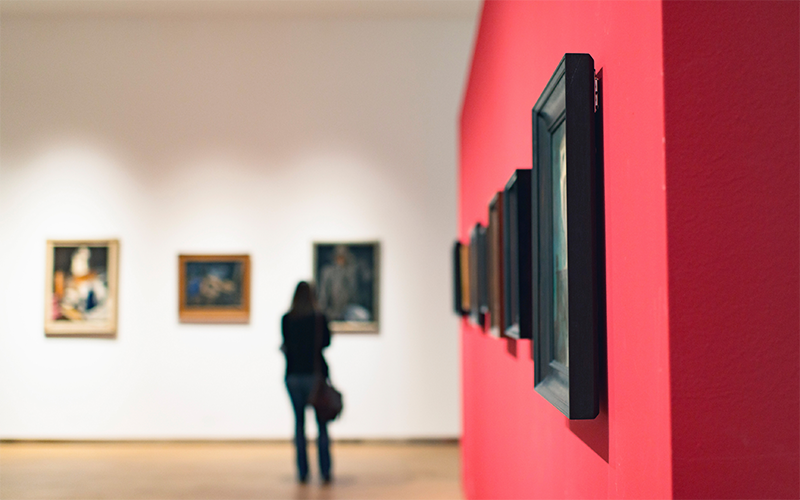To provide a comprehensive picture of how to intentionally promote SEWB through the arts, Teaching Artists (TAs) from various arts organisations throughout Western Australia were asked how they currently promote SEWB through their classes and workshops.
Using their ideas and a review of the literature, the following list of pedagogies that promote SEWB was established.
Relatable teachers
Definition
Teachers who are approachable and who form positive relationships with all students.
Application
Welcoming each individual student and showing an interest in them. Setting up of space using aesthetic considerations. How does it look, feel? Creating ambience in the space (playing gentle music). Carefully observing students and monitoring for signs of uncertainty or discomfort.
Teacher as co-player – whilst maintaining the necessary balance of control, the teacher can assume the role of co-player, experimenting and exploring the artform and SEWB practices alongside the students. This will demonstrate to students, that teachers are prepared to work at their level and assume the same, or possibly lower status within the experience. It is important that students also see that their teacher is learning and thinking about their own SEWB.
It is important that the teacher is not seen as the source of all knowledge – they are prepared to take risks and make mistakes too.
Autonomy or Personal Voice
Definition
Arts experiences are organised in such a way that students have the freedom to make decisions, express their feelings and communicate their opinions. They are given the opportunity to follow their own ideas, experiment, take risks and learn from their mistakes.
Application
Giving students the opportunity to have input into the sessions.
- Open-ended tasks.
- Student-centred approach.
- Encouragement of risk-taking.
Process as well as product
Definition
The active and often experiential phase of the creative arts process is valued as well as the final product. Equal value is placed on the trial-and-error process (how did we get there?) as well as the product (performance, presentation, or exhibition) at the completion of the arts learning program.
Application
Sharing of classes with invited guests (i.e., parents) rather than a formal performance. Discussing what students learn about themselves through the developmental stage.
Establishing a schedule so that students are aware of the experimental and developmental stage that leads to the more formal presentation phase in arts learning.
Exploring issues
Definition
Using the art forms to explore issues, such as environmental, social or even personal issues (if student-led).
Application
Endless possibilities. Considering the idea of “what if?” in arts and learning.
- Setting challenges or problems to solve through collaborative work. Offering a provocation.
- Organising the students into pairs or small groups and setting a task – focusing on interaction and cooperation.
Decreasing stereotypes
Definition
Opportunities are provided for every student to reach their own creative potential. Teachers need to constantly check their own assumptions about gender, race, age, for example so as not to limit the opportunities of individuals.
Application
- An open approach to the arts and SEWB learning – working together to ensure that all students are welcomed.
- Discussing common stereotypes with the students.
- Allowing all students to have an input into the session and acknowledging that their contributions are valued.
Playfulness - balance of seriousness and fun
Definition
Providing opportunities for the students to have moments of active and experiential play within the artform and to explore their SEWB. This will complement the more intentional teaching when students work towards a possible SEWB outcome, or a performance, presentation, or exhibition.
Application
Incorporate playful warm-up at the start of session.
- Establish an environment where laughter is encouraged – this may serve to dissipate nervousness and feelings of anxiety.
- Arts experiences that are playful in their nature can be intrinsically motivating and bring joy.
Reflection
Definition
Moments within the teaching sessions when students are prompted to reflect on their arts work, consider how they feel about it and how their experiences in, and through the artform makes them feel. Reflecting on their social and emotional wellbeing at various stages of the arts session will build awareness and opportunities for personal growth.
Teachers: Continual reflection process – considering the success of the teaching sessions in terms of their students and their own social and emotional development (are adjustments required?).
Application
Check-in at the start and end of the session. For example: Traffic lights – how are feeling at the start of the session? RED – feeling negative, not “session ready”, something bothering you; AMBER – feeling ok, but not the most settled or energetic; GREEN – feeling very positive and ready to engage with the session. Revisit this at the end of the session to see if the students’ feelings have changed.
Checking in at various times throughout an arts session will help students and teachers to reflect on their SEWB.
Teachable moments
Definition
Teachable moments refer to those unintentional and unplanned instances when a teacher notices an opportunity to extend the young people’s learning or promote their social and emotional wellbeing. Often, these moments align with a young person’s curiosity. In these moments. the teacher is flexible and able to deviate from the planned activities temporarily.
Application
- Regularly incorporate opportunities for the young people to express their ideas and emotions through reflection and discussion during arts activities.
- Plan your arts sessions with flexibility, allowing for valuable moments to be explored when they arise.
- Be prepared to engage in open and honest conversation with young people, addressing their questions and fostering an environment of open communication.



